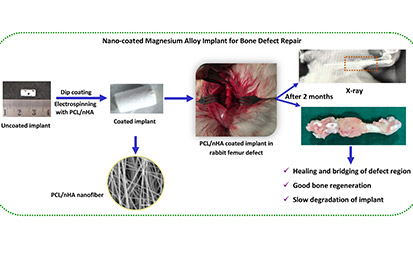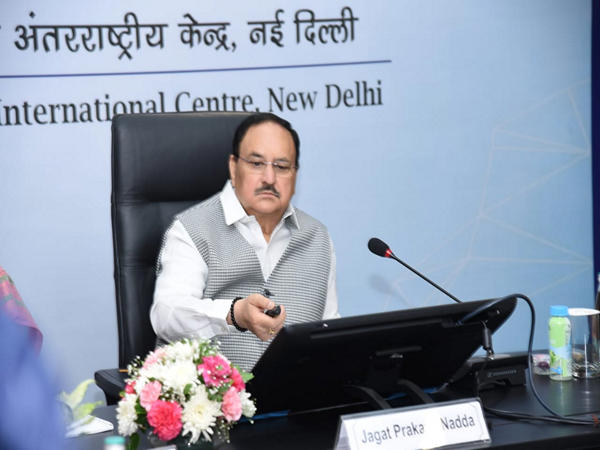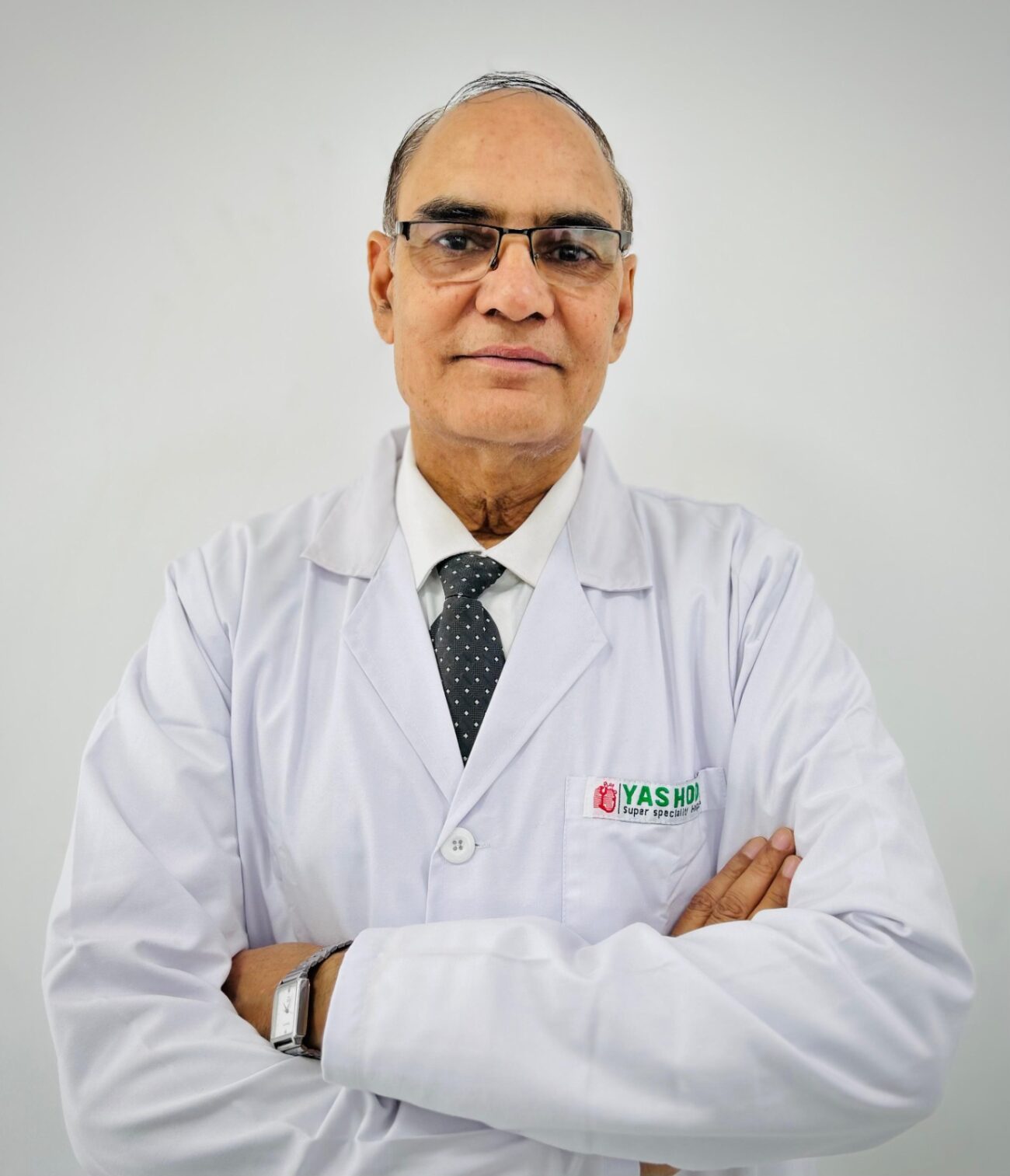IIT Madras Researchers develop Nano-Coated Magnesium Alloys to Repair Bone Fractures
The team has shown results in treating Rabbits & is exploring funding opportunities for applications in Humans as Magnesium is the 4th abundant metal in the body and is known to accelerate the healing of bones Indian

The team has shown results in treating Rabbits & is exploring funding opportunities for applications in Humans as Magnesium is the 4th abundant metal in the body and is known to accelerate the healing of bones
Indian Institute of Technology Madras Researchers have developed nano-coated magnesium alloys that can repair bone defects in rabbits. Encouraged by these results, the Research Team, which is partnering with several other institutions, is planning to study medical applications of nano-coated magnesium alloys in other animals and repairing human bones.
Alloys of magnesium are being considered as a good option for orthopaedic applications as magnesium is biocompatible, biodegradable and has other important mechanical properties. Magnesium is the fourth abundant metal in the body and is known to accelerate the healing of bones.
However, the use of magnesium alloys in bone repair is restricted due to few issues. These issues have given a major push to the field of synthetic bone biomaterials where materials such as hydroxyapatite, calcium phosphate, and titanium, among others, are being used for filling the bone gaps.
The Research was led by Prof. Mukesh Doble, Department of Biotechnology, IIT Madras, and comprised of Dr. Govindaraj Perumal, Post-Doctoral Research Associate, IIT Madras, Dr. Boopalan Ramasamy, Christian Medical College, Vellore, Dr. A Maya Nandkumar, Sree Chitra Tirunal Institute for Medical Sciences and Technology, Thiruvananthapuram, Dr. D. Sivaraman, Sathyabama Institute of Science and Technology, Chennai and Dr. R Selvaraj from Bioscience Research Foundation, Chennai.
Their latest research in this field has been published in the internationally reputed peer-reviewed journal Nanomedicine and a patent has also been filed.
Highlighting the key aspects of this research, Prof. Mukesh Doble, Department of Biotechnology, IIT Madras, said, “Bones such as the fore-arm, back-arm, leg and thigh which are almost one-foot-long are called ‘long bones’ in the body. Small fractures or defects can be treated with plates and rods. Fractures longer than 5 cm are called long bone segmental defects, which take a long time to heal and need some sort of support. Titanium mesh cage is placed in the gap which helps to heal and stabilize the bone. But it does not degrade and so remains in the body permanently. It also leads to stress shielding since it has mechanical strength much larger than the bone.”
Further, Prof. Mukesh Doble said, “Magnesium is now being looked at as an option as it can degrade slowly and reabsorbed. Its mechanical properties are also closer to that of the bone. The main problem with magnesium is that it degrades fast. In order to slow it down and match to the growth of the new bone, we have coated (electrospinning) it with slowly-degrading polymer called ‘polycaprolactone’ mixed with ‘hydroxyapatite.’ The latter is the same as the bone material and hence, does not cause any toxicity and integrates with the bone.”
For this study, the Researchers deployed AZ31 alloy of magnesium and used it for developing magnesium mesh cage implants. Further, they coated these implants with polycaprolactone and nano-hydroxyapatite by dipping and electrospinning. This nano-coated magnesium mesh was then used to heal the bone defect in femur of rabbits.
The researchers found that the rabbit femur implanted with the coated magnesium alloy showed bone formation and also bridged the defect region. The team emphasizes that this was possible due to the biocompatible nature of polycaprolactone and nano-hydroxyapatite which ensured good recovery without any adverse reactions such as ‘fibrosis.’
The team is exploring funding opportunities to further test this newly-developed nano-coated magnesium alloy in repairing bone defects in large animals such as goat or sheep to demonstrate the efficacy of the product and show clinical significance of this research.
Bone defects can occur due to accidents, trauma, congenital anomalies, tissue resection due to cancer etc. are treated through bone grafting. Bone grafting, to fix the defect in the bone, is being done using autologous grafts, allografts or synthetic biomaterials. In autografts, a person’s own bone is harvested and used for sealing the defect, whereas in allografts, someone else’s bone is harvested and used for treating the defect. Although autografts remain the gold standard of bone grafting, sites from which the bone can be taken may be limited or it may happen that the patient’s body site from which the bone is taken for treatment may not heal.






